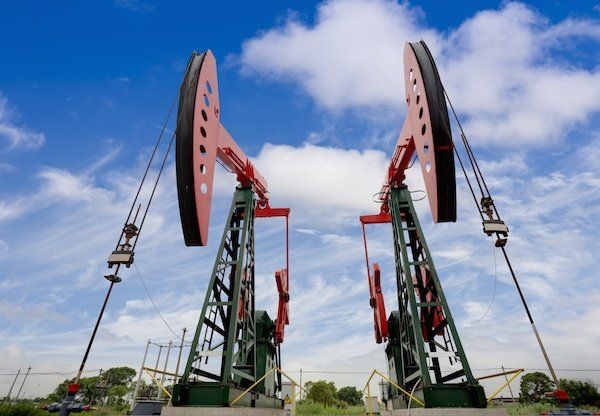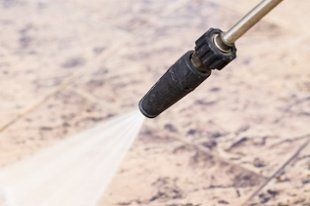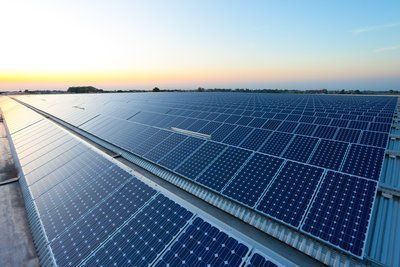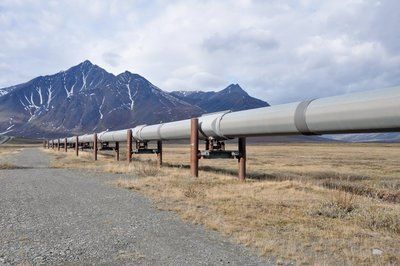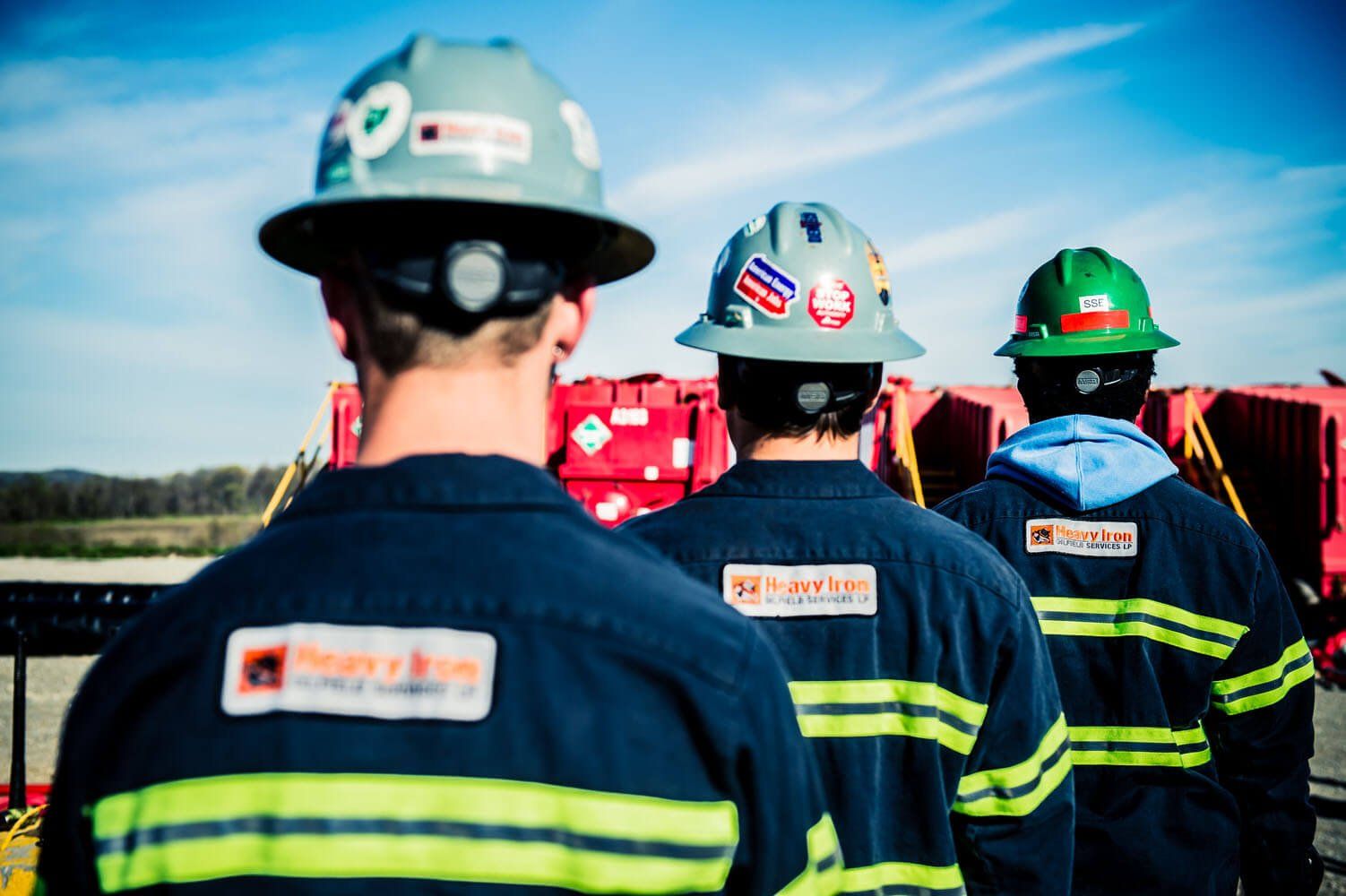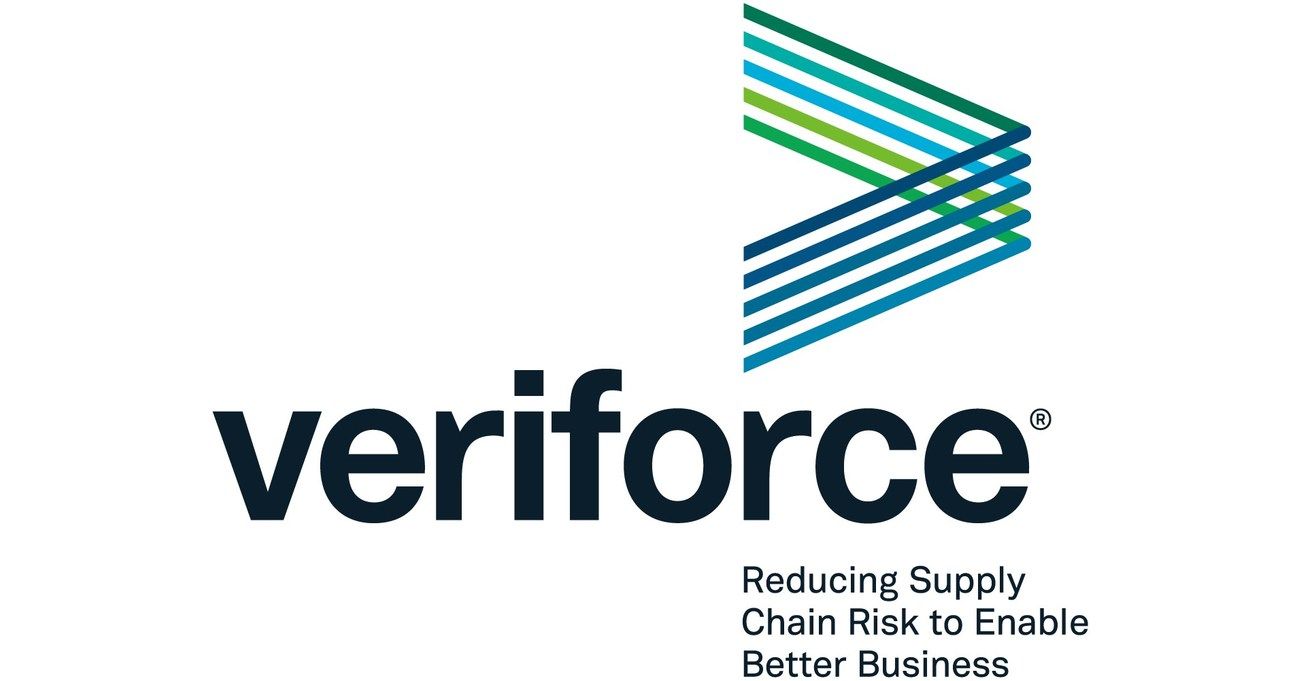Properly Maintain Your Oil And Gas Equipment
- By Design Team
- •
- 20 Oct, 2015
Oil and gas equipment require thorough and careful maintenance to preserve their durability, efficiency, and safety. Companies interested in getting the most out of their expensive oil and gas equipment will need to be conscientious and proactive about their maintenance procedures.
PREPARE EQUIPMENT PROPERLY FOR STORAGE
Before storing your equipment for more than a few days you should always drain fluid reservoirs, clean off surfaces, lubricate joints and moving parts, and cover the equipment properly. This is especially true in severe weather, such as when it's very hot or very cold. Your equipment manual will often give information on the proper storage and maintenance procedures.
CLEAN OUT NOZZLES, FILTERS AND OTHER BUILD UP
Oil and gas equipment often experiences build up over time, which should be cleaned out regularly not only to improve the longevity of the equipment bad also to increase efficiency. Filters usually have specifications regarding how often they need to be replaced. Nozzles can be cleaned and dried to improve liquid flow, while freshly cleaned filters will improve air flow.
USE DEGREASERS TO CLEAN PUMPS AND RESERVOIRS
Any areas of equipment that are either covered in grease or have contained grease should be thoroughly washed out with degreasing solution. Grease can easily damage machinery over time, causing the machine to work harder and to potentially jam. A build up of grease can also cause the displacement of other liquids, requiring more frequent refilling and emptying of relevant reservoirs. Clean the degreasers out and then thoroughly dry the equipment before use.
CHECK YOUR EQUIPMENT REGULARLY
Your equipment should be regularly checked to make sure that it's still operating correctly. Occasionally equipment may be stored for a long time without use. This can allow fluids to leak and equipment to become jammed. Operating the machinery regularly and running it through all of its regular procedures is the best way for you to make sure that everything is in proper working condition. Any issues should be addressed quickly by a maintenance and repair professional.
SHELTER YOUR EQUIPMENT PROPERLY
Fiberglass shelters are the most cost-effective way to protect your equipment from damage. When equipment is not being used (but is not necessarily in long-term storage) it can be protected from weather conditions and sun damage within an easy to use shelter.
CREATE A MAINTENANCE CHECKLIST
A checklist should be designed to be run through whenever a machine is operated. This checklist should include information on what the operator should check before and after utilizing the machinery. Not only will this aid in protecting the equipment but it will also increase safety; protocols should include verifying the equipment's safety features. Many accidents in the oil and gas industry occur because of malfunctioning or poorly maintained equipment.
All equipment will break down eventually or cease to operate correctly. If you have a significant inventory of oil and gas equipment, you may want to invest in a program that offers regular maintenance and upgrades. These warranty-like programs will ensure that your equipment is always operable and ready.
